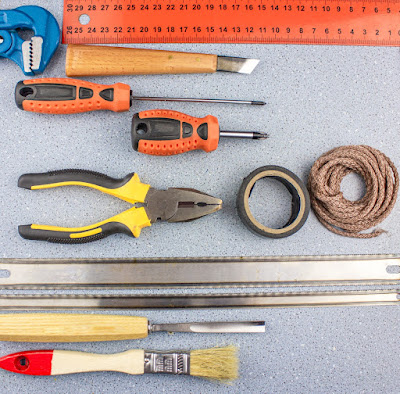Are you tightening the Clamp the Right way?
Fixing a hose clamp is not as simple as tightening a simple bolt. From a normal perspective, this procedure appears to be fairly straightforward, but it entails a sequence of complex processes that are frequently neglected by the companies and end-users, resulting in the undervaluation of a clamp's capabilities and unwanted leak difficulties. Through this blog, we will attempt to grasp the proper manner of tightening a hose clamp as well as crucial considerations to remember when doing so.
1. Installing the Torque
Torque is usually suggested by the standard manufacturer for clamp installation. Application torque is another name for installation torque. To create an effective hose junction, the proper amount of torque must be applied. The crucial aspect to remember is that clamp performance is determined by the clamp's actual clamping force (expressed as either Band tension or Radial load) rather than the torque applied. Excessive application torque may result in irreversible deformation of the clamp or hose, as well as clamp seizing/jamming. The installation torque values specified on the design must never be exceeded. More information on clamp-wise installation torque values can be found in our product catalog.
2. Speed of tightening
It refers to the pace at which the tightening tool tightens the clamp. Increasing the tightening speed too quickly will enhance production but reduce joint quality. Reduced speed for enhancing joint quality, on the other side, will reduce your production. Instead, a trade-off between the two should be used in the Dual-step tightening procedure. When tightening hose clamps, a Constant Shut-Off type Nut Runner is suggested for consistent application torque distribution. Because of the pulsating nature of torque delivery, Hammer Type Nut Runners should not be utilized.
3. Inserting into the Pipe
The initial stage in the clamp tightening process is to insert the Hose onto the Pipe/Spigot. Although the hose may be pressed directly onto the pipe for convenience of installation, "PARAFLU" (A Monoethylene Glycol based coolant) should be used 50 percent diluted with water. The use of lubricants/soap solutions should be avoided since they may cause joint slippage. When inserting the hose, keep the pipe bead and the hose stopper in mind.
4. Position of the Clamp
The clamp should be placed parallel to the joint's center. The hose must have enough area towards the border of the clamp band.
Important Tips:
- Retightening the connections 1-5 minutes after the first clamp assembly may be beneficial (for example, for tightening check at the assembly line). There are no further retightening actions suggested.
- Fully opening the clamp and remounting the band to the housing should be avoided at all costs.
- Welded socket combinations are frequently found on manufacturing lines; nevertheless, excessive torque levels might induce an abrupt break in the welding. This endangers the operator's safety and may cause harm to the constructed item. Such unethical behavior on the shop floor should be outlawed.



Comments
Post a Comment